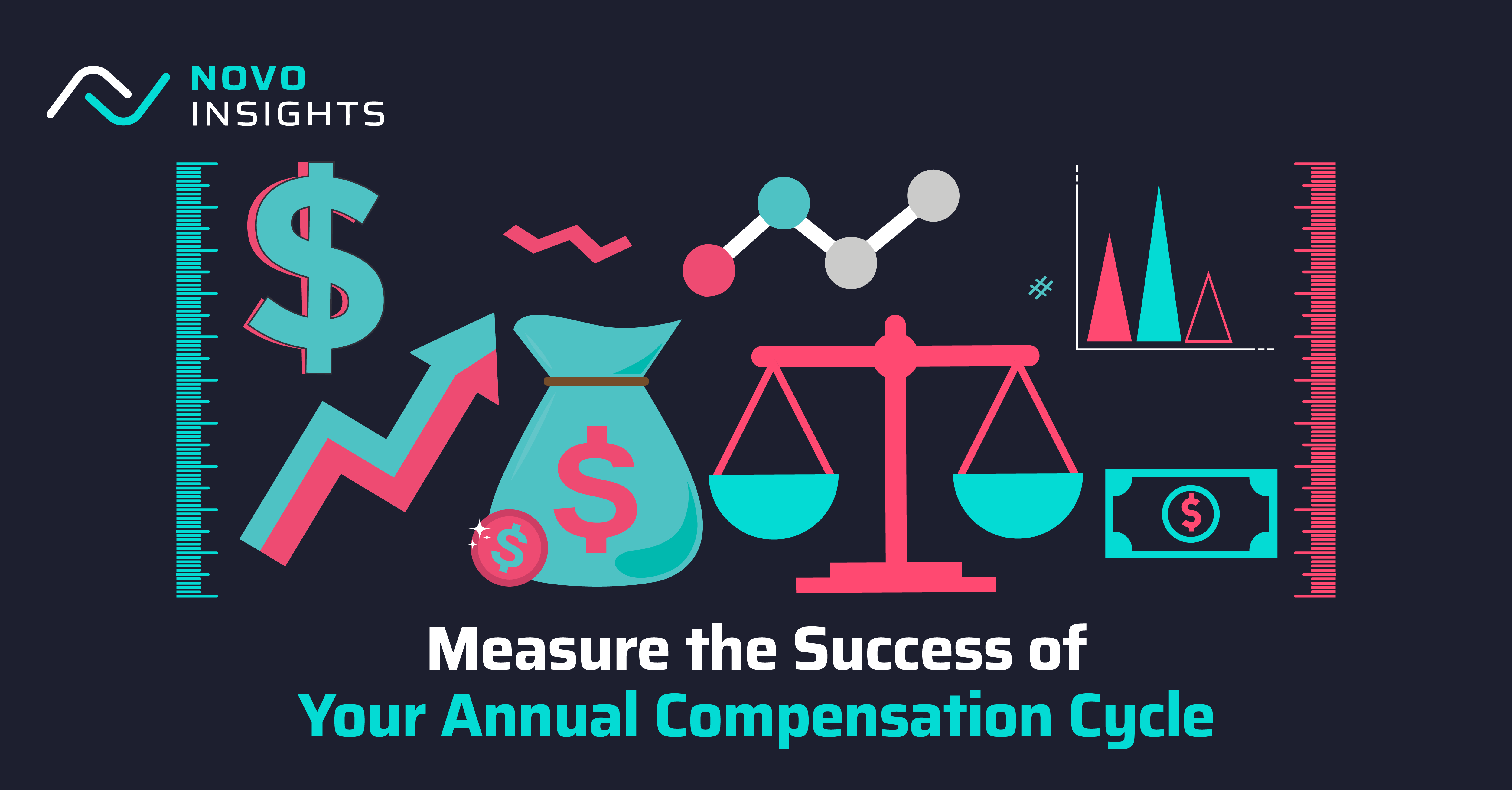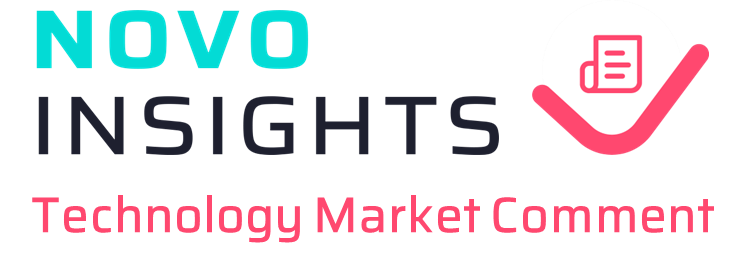The annual cycle is a huge investment, both of compensation dollars and organizational focus. In many organizations, this annual process is the single largest investment and the single largest usage of manager capacity at the same time. Whether the cycle includes annual salary increases only, or includes discretionary decisions for bonuses or equity awards, it’s a complex process that plays the most critical role in rewarding and retaining talent.
For Compensation teams, it’s the Super Bowl and the Boston Marathon wrapped into one. You’ve been preparing for months, and now all eyes are on the team for a grueling race of endurance.
With all of the work that goes into making the cycle happen, too few organizations have a clear view of whether the cycle works as intended. Organizations are happy to reach the end of the cycle on budget, and too often don’t have the capacity to evaluate the quality of the decisions being made.
Based on our experience designing, executing, and evaluating many compensation cycles, we’ve identified the five themes of key metrics needed to evaluate the success of the compensation cycle. For each, we identify why it matters, and share examples of how the metrics can be utilized to assess the success of your annual cycle.
- Budget Adherence
- Performance Differentiation
- Market Alignment
- Promotion Meaningfulness
- Pay Equity
To read the full white paper, click below:
Frequently Asked Questions
Readers have asked a number of great questions, the most common of which are answered below:
What level of Budget Displacement is good?
Budget Displacement is a relative measure. There isn't a "good" or "bad" number. But high displacement means budget had to be reallocated aggressively and can point to opportunities in your budget deployment assumptions.
You switch a lot between position-in-range and comparatio. Which is better?
Neither is better - they mean different things. Which metric to focus on more will depend on how you focus your organization on a target point (then CR becomes more natural) or on the entire range (then PIR makes more sense).
My comp system doesnt have great reporting. Is there a tool that akes this easy?
Some tools are better than others, but thes metrics and visualization are definitely custom works. We have had success getting the essence of these built into certain systems (like Workday Advanced Comp + Worksheets), and I've had to built separate dashboards in other cases.
Do you show these metrics to leaders?
Sometimes. Leaders don't care about all the math, they care about the story. We do recommend a summary of outcomes for senior leaders, with a curated view into the themes of the paper.




